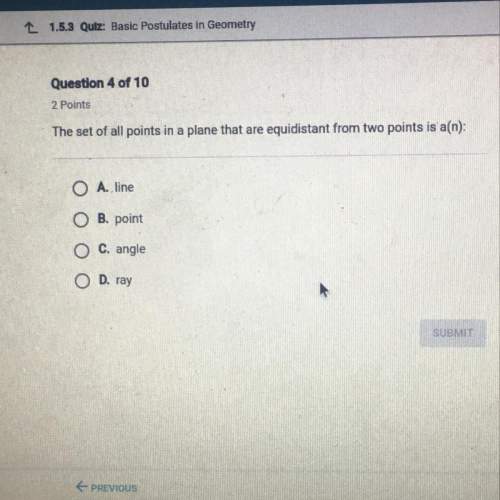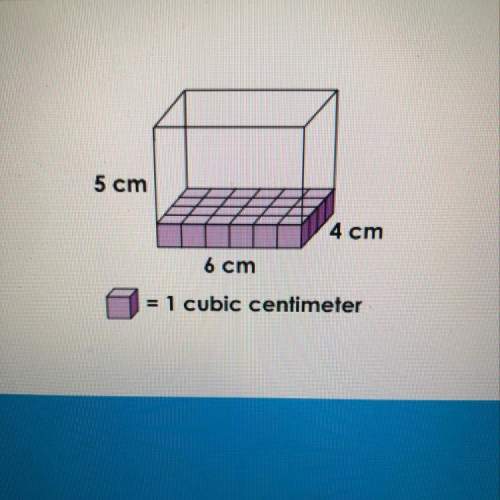
Mathematics, 18.03.2021 03:20 xioher2272
1 For each of these infinite sequences, write down:
i the term-to-term rule ii the next two terms. .
a 2,4,6,8,
b 1, 4, 7, 10,
d 3, 8, 13, 18,
e 30, 28, 26, 24,
c 5,9, 13, 17, ..., ...
f 17,14,11,8,..
הרבה של ה
2

Answers: 1


Other questions on the subject: Mathematics

Mathematics, 21.06.2019 14:40, hannamcbrayer1
Which statement most accurately describe why the division property of exponents does not apply to the expression (-8)^2/(-3)^4
Answers: 2


Mathematics, 21.06.2019 21:30, shelbysargent11
Complete each statement from the information given and the triangle criterion you used. if the triangles cannot be shown to be congruent, leave the box for the second triangle blank and choose for reason “cannot be determined.” carbon - regular hexagon. ∆can ≅ ∆ by
Answers: 1
You know the right answer?
1 For each of these infinite sequences, write down:
i the term-to-term rule ii the next two terms....
Questions in other subjects:



Mathematics, 30.04.2021 16:20

Mathematics, 30.04.2021 16:20

History, 30.04.2021 16:20





Chemistry, 30.04.2021 16:20





